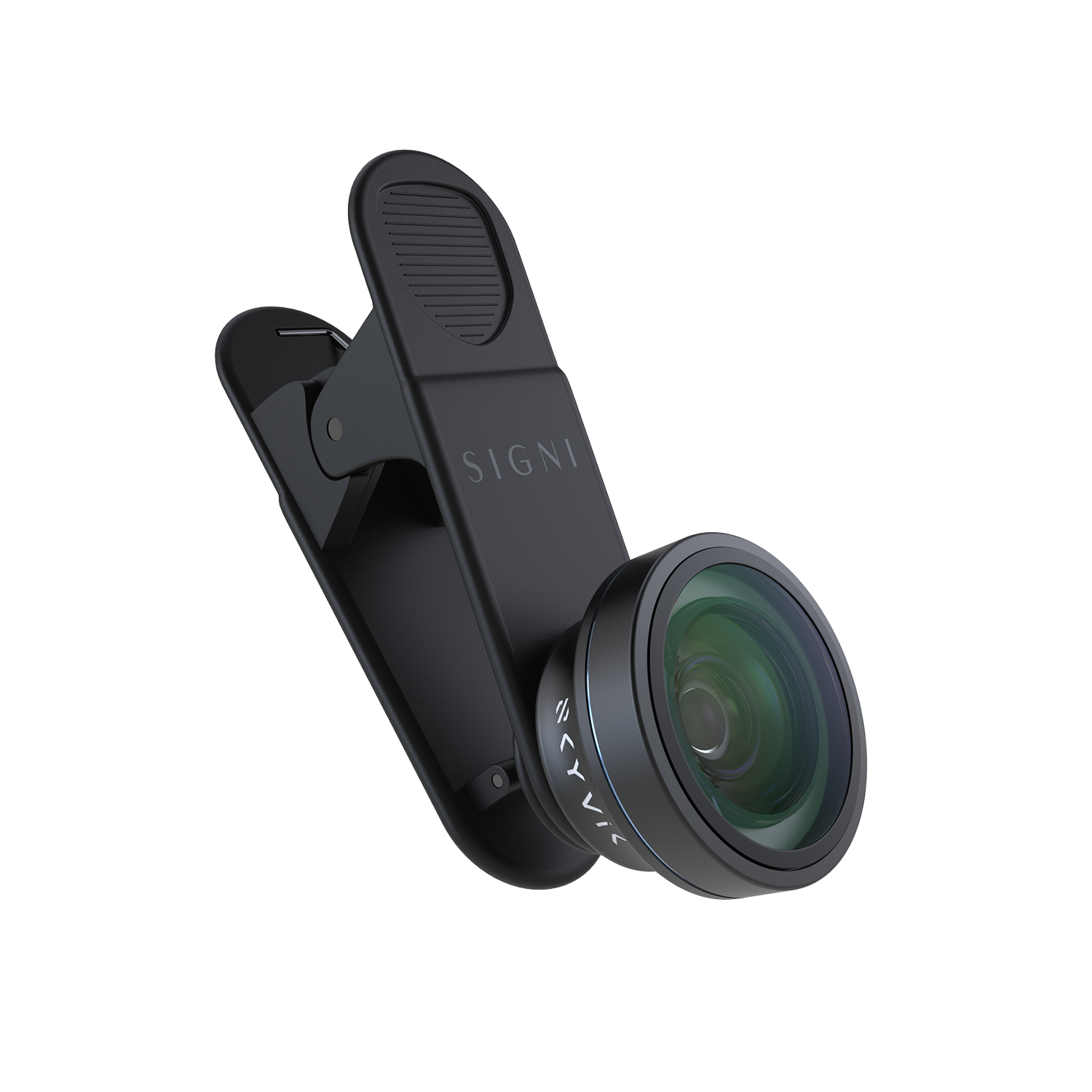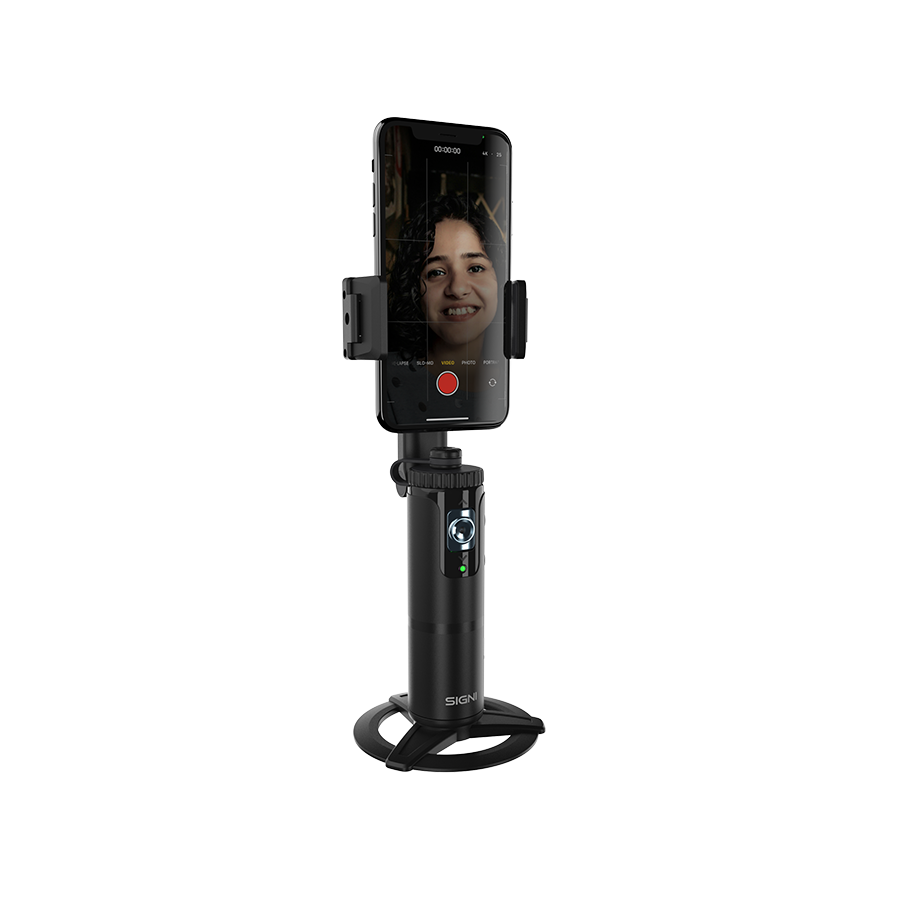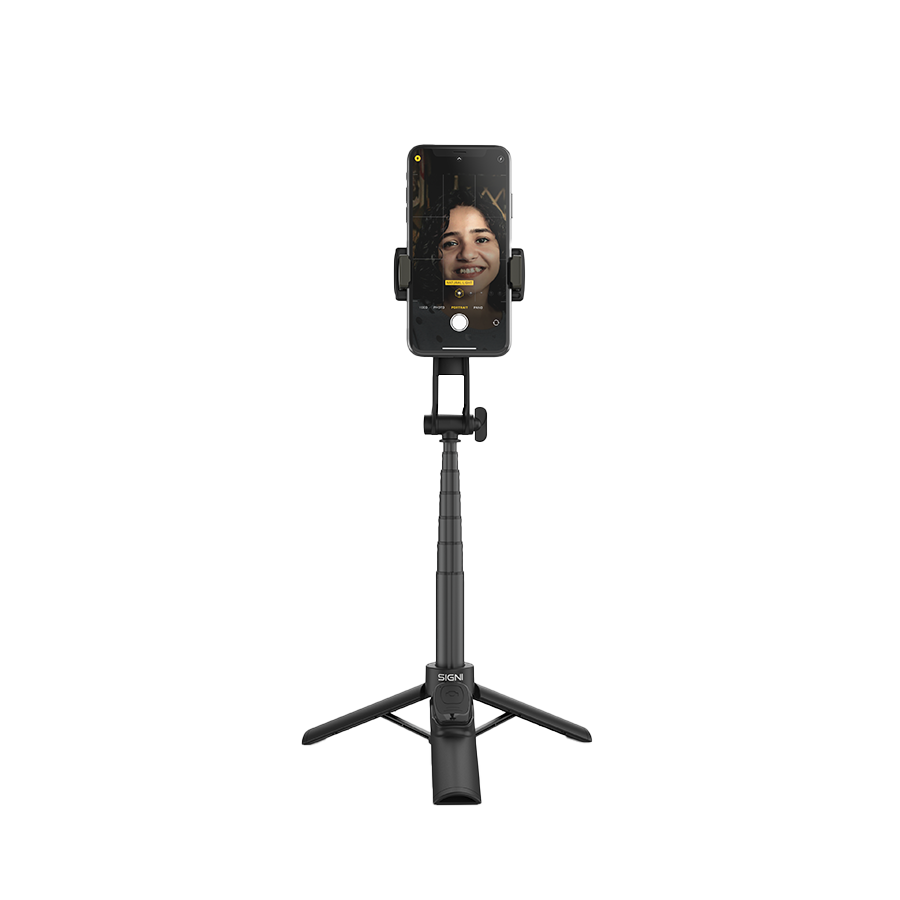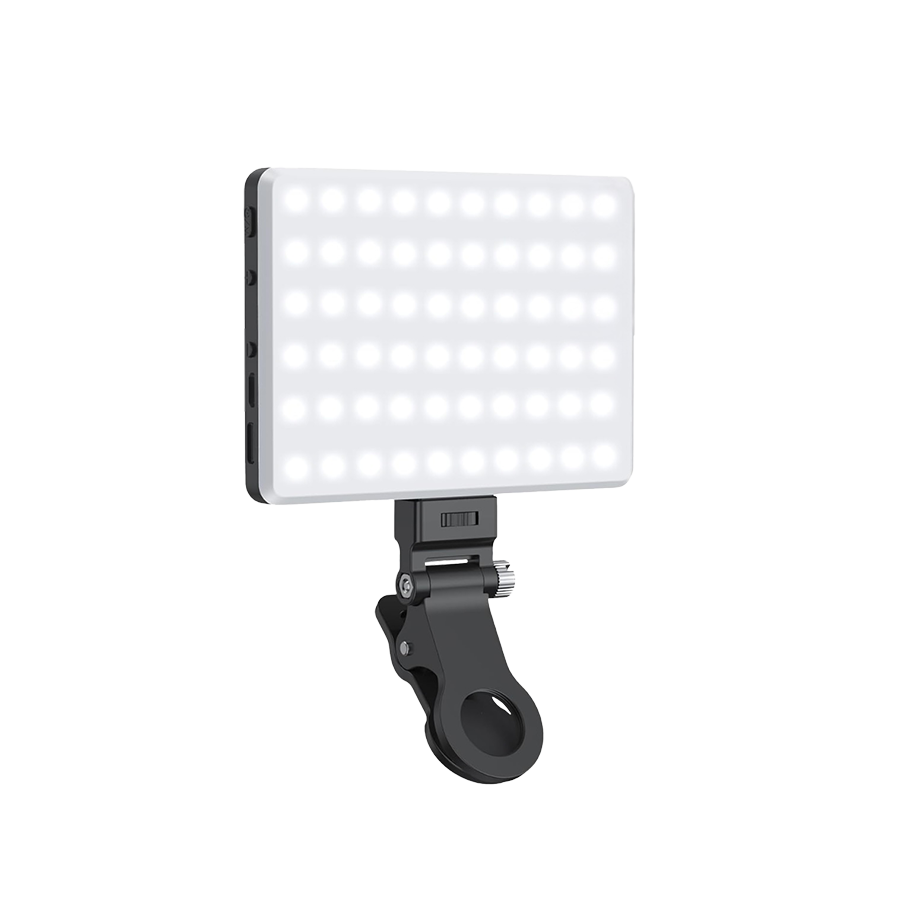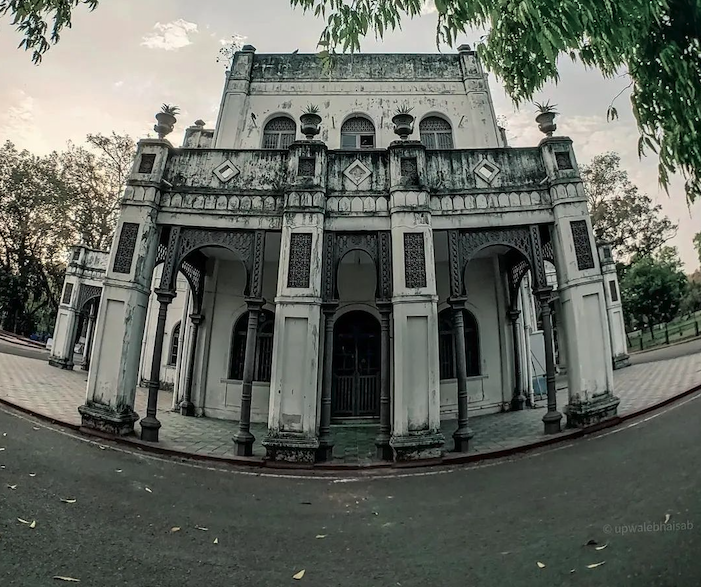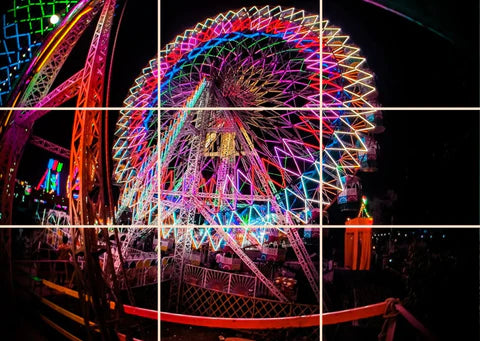MOBILE LENSES
Mobile Holders
Everyday Essentials
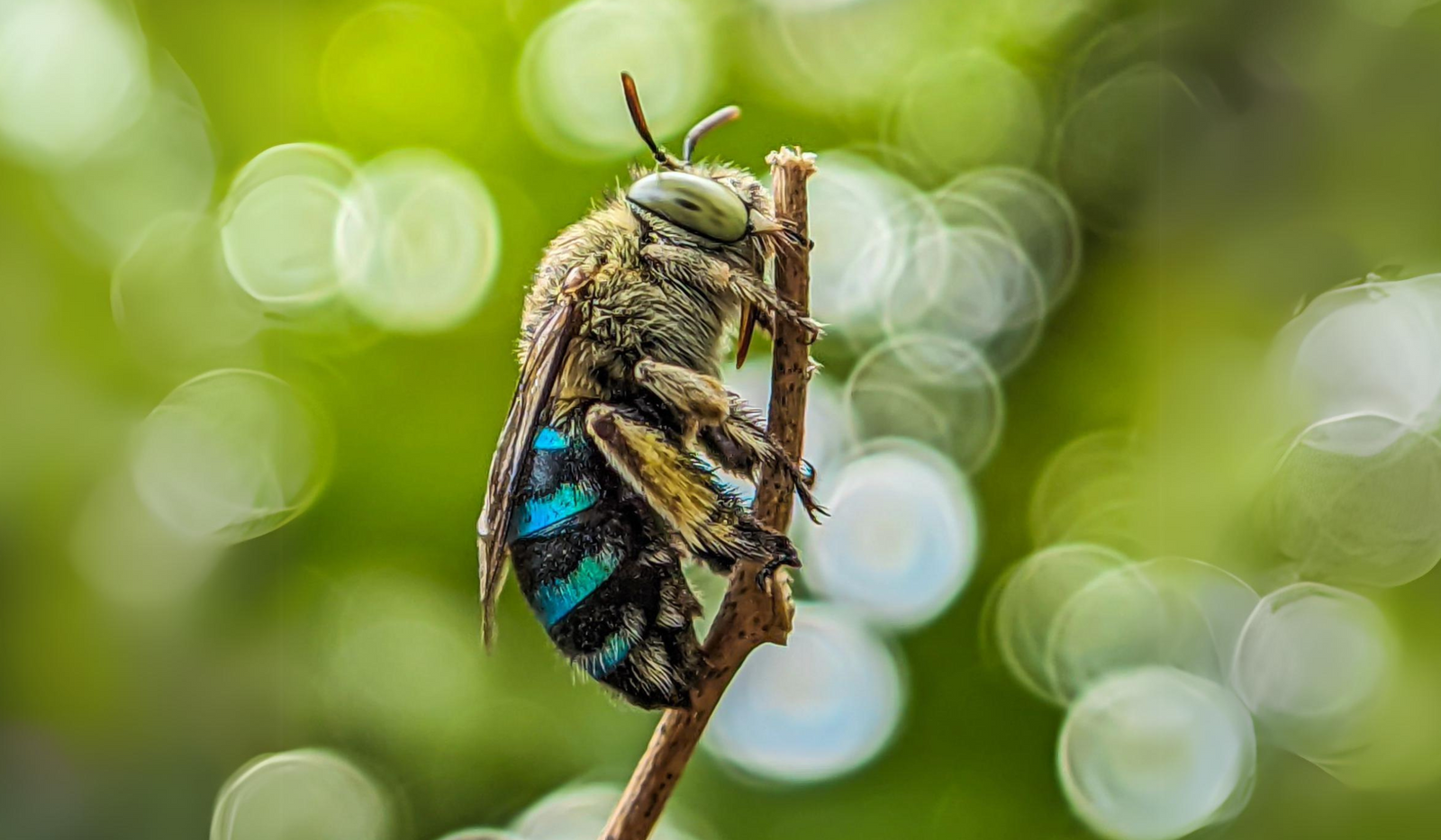
Behind the Lens: Understanding the Role of Apertures and Focusing in Photography
3 min read
Photography is an art form that beautifully captures moments, emotions, and the essence of the world around us. At the heart of this craft lies the interplay of various technical elements, with apertures and focusing standing out as key players. In this exploration, let's unravel the significance of apertures and focusing, understanding how they shape the visual narrative behind every photograph.
The Essence of Aperture
-
Understanding Aperture: Aperture refers to the opening in the lens through which light eknters the camera. Measured in f-stops, it determines the amount of light reaching the camera's sensor. A lower f-stop, such as f/1.8, allows more light and produces a shallow depth of field, while a higher f-stop, like f/16, lets in less light and results in a deeper depth of field.

-
Depth of Field Magic: Aperture plays a pivotal role in controlling the depth of field (DOF) in an image. A wide aperture (low f-stop) creates a shallow DOF, isolating the subject from the background and adding a dreamy, blurred effect. In contrast, a narrow aperture (high f-stop) expands the DOF, keeping both foreground and background elements sharply in focus.

-
Creative Impact: Beyond technical considerations, the choice of aperture adds a creative dimension to photography. Macro photographers often opt for wide apertures to create a pleasing background blur (bokeh), emphasizing the subject. Landscape photographers, on the other hand, may choose narrower apertures to ensure sharpness throughout the scene.
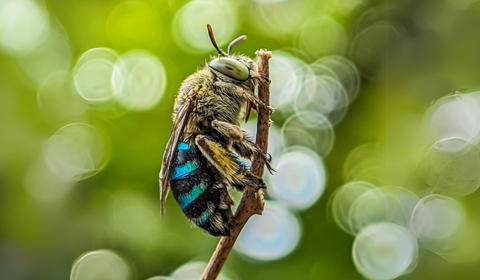 Shot Clicked by @ajeeshajayakhosh
Shot Clicked by @ajeeshajayakhosh -
Low Light Challenges: In low-light conditions, a wide aperture becomes valuable as it allows more light into the camera. This is particularly beneficial when shooting indoors or during the golden hour, enhancing the photographer's ability to capture well-exposed and visually appealing images.

The Art of Focusing
-
Autofocus vs. Manual Focus: Focusing, the process of adjusting the lens to bring the subject into sharp relief, can be achieved through autofocus or manual focus. Autofocus systems use sensors to detect contrast and adjust the lens accordingly. Manual focus, on the other hand, provides precise control to the photographer, especially in challenging lighting conditions or when capturing specific details.
-
Selective Focus Techniques: The ability to control focus adds a layer of storytelling to photography. Techniques like selective focus, where a specific element is sharply focused while the rest is intentionally blurred, draw the viewer's attention to key aspects of the composition. This technique is often employed in portrait and macro photography.

-
Continuous Autofocus for Action: In dynamic scenes or when capturing moving subjects, continuous autofocus comes into play. This feature allows the camera to adjust focus continuously, ensuring that fast-moving subjects remain sharp throughout the sequence. It's particularly useful in sports, wildlife, and event photography.
-
Hyperfocal Distance Mastery: Understanding hyperfocal distance is essential for photographers seeking maximum sharpness from foreground to background. By focusing at the hyperfocal distance, the entire scene remains acceptably sharp. This technique is valuable in landscapes where maintaining clarity throughout the frame is crucial.

Skyvik's Lens Enhancements
Beyond mastering apertures and focusing, photographers today have the advantage of enhancing their capabilities with accessories like Skyvik's attachable lenses. These lenses, designed for smartphones, offer additional creative options, including wide-angle perspectives, macro details, and more. Integrating such lenses into your photography toolkit can open new avenues for exploration and visual storytelling.
Conclusion
In conclusion, apertures and focusing serve as the cornerstone of photographic expression. Understanding how to manipulate these elements empowers photographers to translate their vision into compelling visuals. Whether capturing the intimacy of a portrait, the grandeur of a landscape, or the thrill of a fleeting moment, the synergy between apertures and focusing elevates photography to an art form that speaks volumes without uttering a word.

